Friends, have you noticed that the rivers and lakes around us aren't as clear as they used to be? Where the water once shimmered, now murky foam floats on the surface, accompanied by a strange odor. This is no small matter—it's our water resources desperately crying out for help!
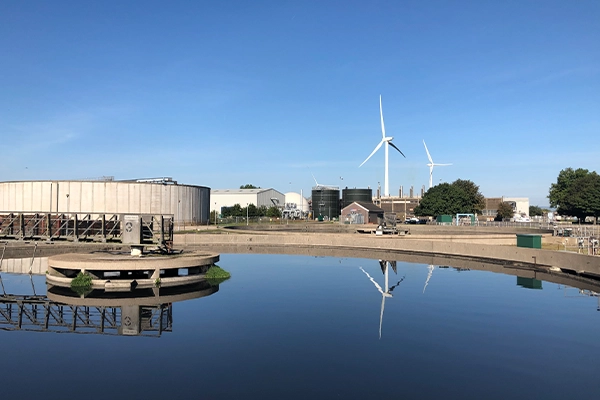
The World Health Organization reports that over 420 billion cubic meters of sewage are dumped into rivers, lakes, and oceans globally each year. This staggering figure is like the claws of a demon, contaminating 5.5 trillion cubic meters of freshwater—more than 14% of the world's total surface runoff. The situation in our country isn't optimistic either. Data from the Chinese Academy of Preventive Medicine shows that 90% of urban water bodies nationwide are polluted, and nearly half of major water systems are unsuitable as drinking water sources.
These contaminated waters harbor numerous “health killers.”
Heavy metals like mercury, lead, and cadmium from industrial wastewater sneak into our drinking water. Long-term consumption allows these toxins to accumulate in our bodies, damaging vital organs like the nervous system and kidneys, and triggering hard-to-treat diseases like Minamata disease and Itai-itai disease. Agricultural pesticides and fertilizers washed into waterways by rain increase organic pollutants. This not only threatens aquatic life like fish but also disrupts our endocrine systems when consumed, even raising cancer risks. Pathogens and viruses in sewage act as “accomplices” in disease transmission—intestinal infections like cholera, typhoid, and dysentery are invariably linked to contaminated water sources.
When water harbors danger, your body will send warning signals.
The health threats posed by water pollution are no joke. Like a hidden assassin, it silently damages our bodies. From the digestive system to the urinary system, from the immune system to the nervous system, every organ can be affected.
The kidneys act as the body's “filtering factory,” processing vast amounts of blood daily to convert metabolic waste and excess fluids into urine for elimination. But drinking water contaminated with heavy metals or pesticides overloads the kidneys. These toxins gradually accumulate, impairing normal kidney function. Over time, this can lead to conditions like nephritis or kidney stones. Studies show areas with severe water pollution have significantly higher rates of kidney stones than regions with cleaner water.
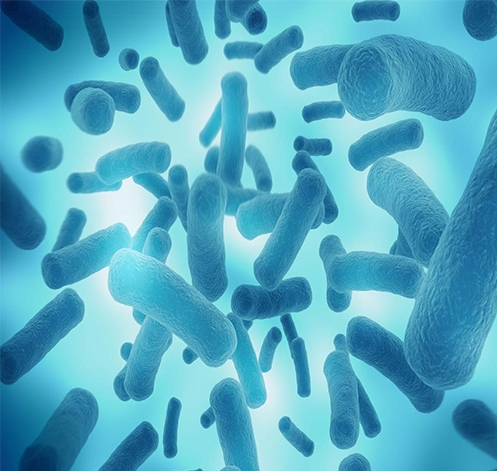
The liver serves as the body's “chemical factory,” handling vital tasks like detoxification and metabolism. Organic pollutants and heavy metals in water must first pass through the liver for processing. Long-term consumption of contaminated water overworks the liver, damaging liver cells and reducing liver function. This increases the risk of diseases like cirrhosis and liver cancer. Certain high-incidence areas for liver cancer in our country are closely linked to residents' prolonged consumption of polluted water.
The gastrointestinal tract is vital for digesting food and absorbing nutrients, and its health directly impacts our daily lives. Water contaminated with bacteria or viruses entering the digestive system can trigger intestinal diseases like diarrhea, vomiting, and enteritis. These illnesses pose greater risks, even life-threatening ones, for children, the elderly, and those with weakened immune systems.
Beyond the organs mentioned above, water pollution can also affect the nervous and reproductive systems. Long-term exposure to water containing heavy metals like mercury and lead damages the nervous system, causing headaches, dizziness, memory loss, and insomnia. Certain organic pollutants, such as polychlorinated biphenyls (PCBs) and bisphenol A (BPA), may disrupt the endocrine system, affecting reproductive health and leading to infertility or fetal malformations.
Is tap water really safe to drink?
With water pollution so severe, can we trust the tap water we drink daily? Water treatment plants go to great lengths to ensure our water safety. They treat raw water through complex processes like coagulation, sedimentation, filtration, and disinfection. During coagulation, coagulants are added to the water, causing suspended particles to clump together into larger flocs, which can then be removed through sedimentation. As these flocs settle by gravity, the water becomes initially clearer. Filtration utilizes equipment like sand filters and activated carbon filters to further remove fine particles, organic matter, and some bacteria. During disinfection, disinfectants such as chlorine gas or chlorine dioxide are added to kill pathogenic microorganisms in the water, ensuring it meets national drinking water hygiene standards.

However, the treatment processes at water treatment plants are not flawless. Water pollution issues are becoming increasingly complex, with new contaminants like antibiotics, endocrine disruptors, and microplastics constantly emerging. Traditional water treatment processes struggle to completely eliminate these substances. Heavy metals in water, such as lead, mercury, and arsenic, may still leave trace residues even after treatment. While traditional chlorination effectively kills bacteria and viruses, it reacts with organic matter in water to produce disinfection byproducts like trihalomethanes and haloacetic acids, which carry potential carcinogenic risks.
Beyond treatment limitations, tap water faces secondary contamination risks during transportation and storage. In some cities, aging water pipes are severely corroded and rusted. As water flows through these pipes, impurities like rust and sediment can contaminate it, compromising water quality and potentially posing health risks. Secondary water supply facilities in high-rise buildings—such as water tanks and reservoirs—can become breeding grounds for bacteria and algae if not properly maintained and regularly cleaned and disinfected. Previous reports documented cases where residents in a residential complex experienced foul-smelling and discolored tap water. Investigation revealed that the secondary water supply tank had not been cleaned for an extended period, allowing moss and bacteria to proliferate, resulting in deteriorated water quality.
Water Purifiers: The “Little Guardians” of Household Health
Facing water pollution and tap water risks, water purifiers have become essential allies for many families in ensuring drinking water safety. They act like loyal “little guardians,” standing guard over our health by blocking harmful substances from entering our water.
The working principle of water purifiers is straightforward, relying on multiple filtration technologies to purify water layer by layer. Common filtration methods include PP cotton filtration, activated carbon adsorption, ultrafiltration, and reverse osmosis. The PP cotton filter cartridge acts like a dense net, trapping large particles like silt, rust, and suspended solids—serving as the purifier's first line of defense. Activated carbon boasts exceptional adsorption capabilities, eliminating odors, residual chlorine, certain organic compounds, and heavy metals. This improves the water's taste and aroma, making it sweeter and more pleasant to drink. Ultrafiltration membranes feature extremely small pores, typically around 0.01 microns, effectively blocking bacteria, viruses, colloids, and large organic molecules while retaining beneficial minerals and trace elements. Reverse osmosis membranes boast an even finer filtration precision of 0.0001 microns, effectively removing nearly all impurities—including heavy metals, salts, and microorganisms—while allowing only water molecules to pass through. The resulting water is essentially pure.
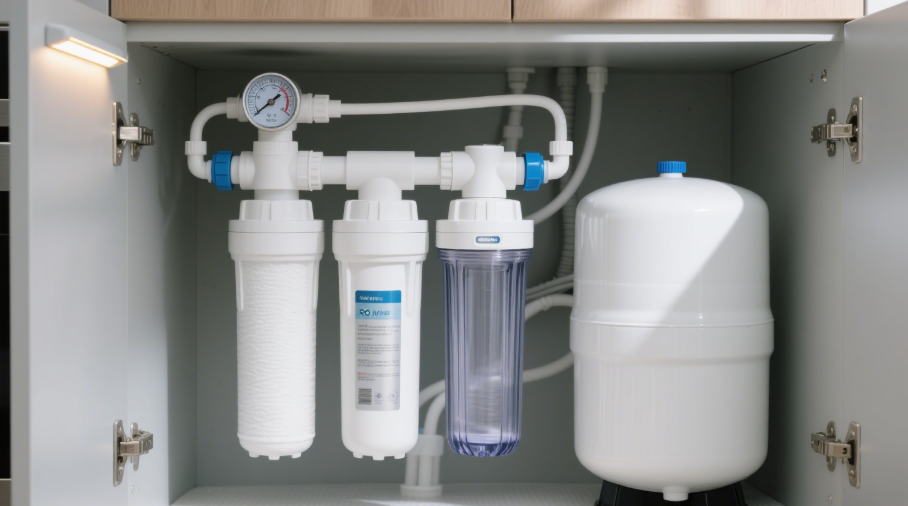
Different types of water purifiers employ varying filtration technologies and combinations. Common examples include ultrafiltration, reverse osmosis, and nanofiltration systems. Ultrafiltration units use ultrafiltration membranes as their core filtration component. While offering relatively lower filtration precision, they preserve minerals in the water. Suitable for households in areas with good water quality, they are ideal for daily uses like washing vegetables, cooking rice, and making soup. However, it's best to boil the filtered water before drinking it. Reverse osmosis water purifiers leverage the exceptional filtering power of reverse osmosis membranes to remove nearly all harmful substances from water. The filtered water is safe to drink directly, making it particularly suitable for areas with severe water pollution or households with high water quality demands. Nanofiltration water purifiers offer a filtration precision between ultrafiltration and reverse osmosis. They can eliminate bacteria, viruses, and some heavy metals while retaining beneficial minerals, resulting in water that is both pure and nutritious.
Through these filtration technologies, water purifiers effectively eliminate various harmful substances, providing safe and healthy drinking water. Take heavy metals as an example: filter cartridges like activated carbon and reverse osmosis membranes can adsorb or block heavy metal ions such as mercury, lead, and cadmium, reducing their concentration to safe levels that pose no harm to the human body. For bacteria and viruses, ultrafiltration and reverse osmosis membranes act as tight barriers, preventing their entry into the body and causing illness. Studies indicate that high-quality water purifiers can achieve removal rates exceeding 99.99% for bacteria and viruses. Pesticide residues and organic pollutants in water are also effectively adsorbed and decomposed by filter cartridges like activated carbon.
Purified water offers numerous health benefits. It reduces strain on organs like the kidneys and liver, lowering risks of conditions such as kidney stones, nephritis, and hepatitis. Clean water supports metabolic processes, enhancing nutrient absorption and waste elimination for optimal bodily function. Individuals with sensitive digestive systems may experience reduced symptoms like diarrhea and vomiting caused by pathogens or impurities in untreated water. Long-term consumption of purified water also enhances skin radiance and elasticity, promoting a healthier, more hydrated complexion.
When Choosing a Water Purifier, Keep These Key Points in Mind
With so many water purifier options on the market, how can you find a high-quality one that suits your home? This is a question on many consumers' minds. When shopping, we need to consider several key factors to make an informed choice.
Water quality is a crucial factor in selecting a water purifier. Water sources vary by region, and water quality can differ significantly. In northern regions, water is typically hard with high calcium and magnesium ion content, prone to scale buildup. In such cases, reverse osmosis (RO) water purifiers are highly suitable. They effectively remove calcium and magnesium ions, reducing water hardness and scale formation to provide pure drinking water for households. In southern areas, some regions may have water contaminated with organic substances, featuring residual chlorine and strong odors. Here, water purifiers with strong activated carbon adsorption capabilities prove highly effective. They can efficiently remove odors, residual chlorine, and some organic compounds, improving the taste and smell of the water. If the local water quality is good, ultrafiltration water purifiers can meet daily needs. They remove harmful substances like bacteria, viruses, and colloids while retaining beneficial minerals for the human body.
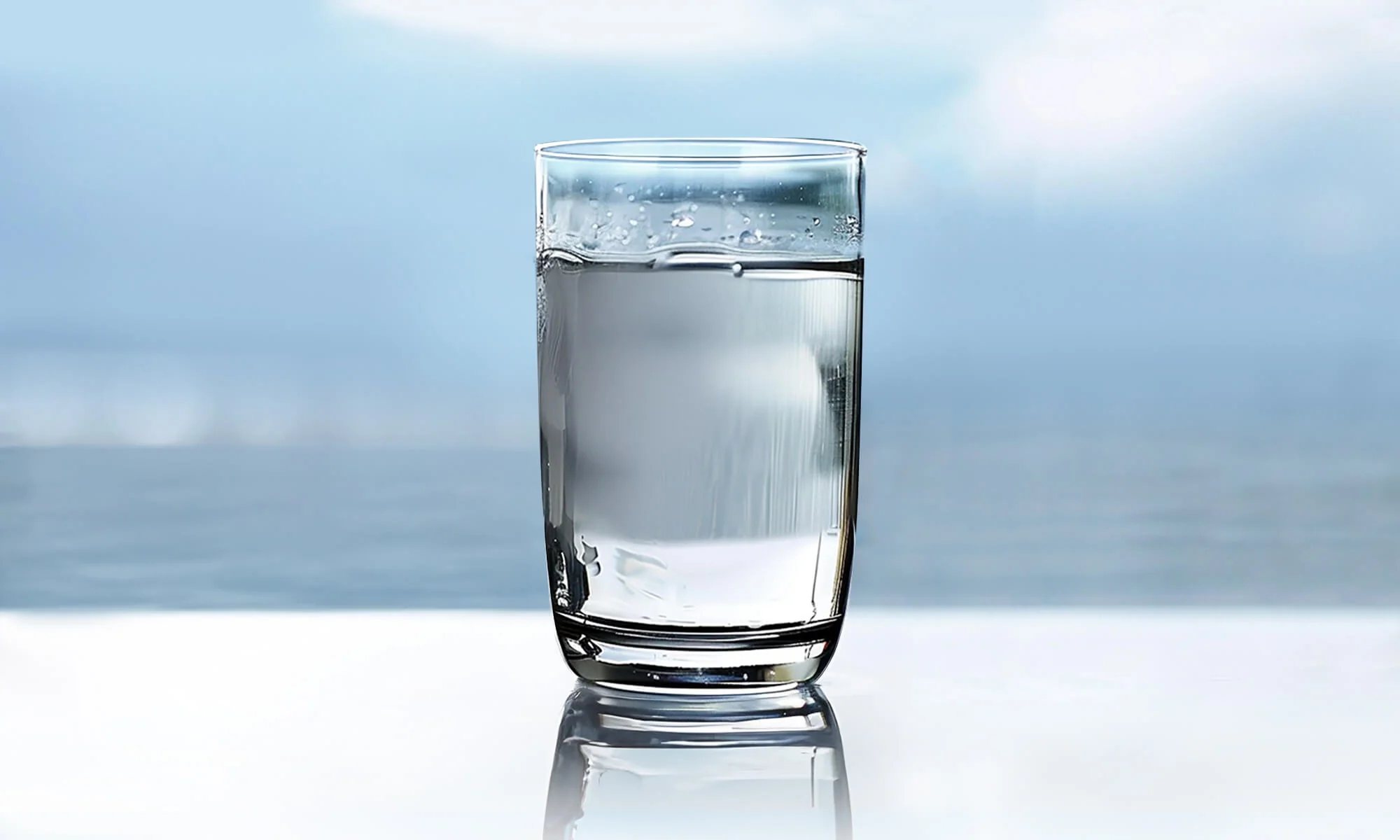
The filter cartridge is the core component of a water purifier, and its quality directly impacts purification effectiveness and service life. PP cotton filter cartridges primarily intercept large particulate impurities like silt and rust in water. They typically need replacement every 3-6 months and are relatively inexpensive, costing around tens of dollars. Activated carbon filters adsorb odors, residual chlorine, and some organic compounds. They last 6-12 months and are moderately priced, ranging from 100 to several hundred yuan. RO reverse osmosis filters offer ultra-high filtration precision, removing nearly all impurities. They typically last over a year but are expensive, costing hundreds or even thousands of yuan. When selecting filters, consider the material, filtration precision, and replacement cycle. Opting for high-quality filters ensures water quality while reducing long-term costs. Additionally, understanding replacement costs and ease of maintenance is crucial. Some brands offer convenient filter replacement systems and affordable cartridges, enhancing overall user experience.
Choosing a well-known brand provides greater assurance, as these companies typically excel in technological innovation, product quality, and after-sales service. Brands like A.O. Smith represent the high-end segment in water purification, boasting advanced technology and professional R&D teams. Their products excel in filtration efficiency and water safety. Midea, with years of experience in water purification, offers a diverse product line at competitive prices, earning strong consumer favor. Qinyuan is a well-known domestic brand known for reliable quality and solid after-sales service, gaining market recognition. Choosing water purifiers from these reputable brands ensures not only quality products but also professional support for installation, maintenance, and filter replacement.
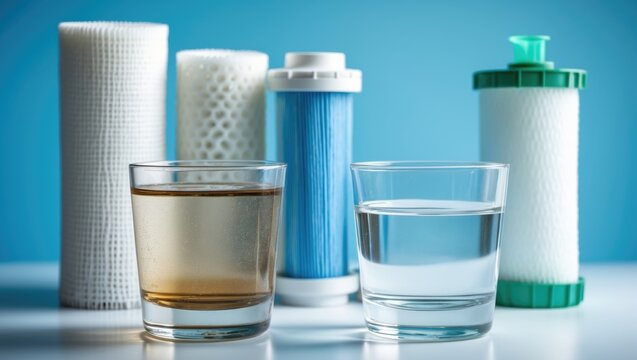
Before purchasing, review product evaluations, consult experts, and research brand reputation to select a reliable option. Comprehensive after-sales service provides greater peace of mind during use. Quality support includes complimentary in-home installation, scheduled maintenance, timely filter replacement reminders, and 24/7 customer service response. Professional installation ensures the water purifier is correctly set up, preventing issues like leaks. Regular maintenance keeps the unit performing reliably and extends its lifespan. Filter replacement reminders help us change cartridges promptly, guaranteeing water safety. Should any malfunction occur, 24/7 customer support resolves problems swiftly, eliminating unnecessary worry. When selecting a water purifier, research the brand's after-sales service policies and service center locations to choose a brand with excellent after-sales support.
Take action now! Secure healthy drinking water today.
Never underestimate the dangers of water pollution—it’s like a hidden time bomb threatening your family’s health. Water purifiers act as your household’s “little guardians,” effectively filtering harmful substances to provide safe, clean drinking water. Stop thinking water pollution is far from your reality, and stop hesitating about installing a water purifier. For your family's health, take action now and choose a water purifier that suits your home! If you're still unsure how to select one, refer to the key purchasing points mentioned earlier. Based on your household's water quality, choose the appropriate filtration technology and filter cartridges; opt for reputable brands to ensure product quality and reliable after-sales service.

 Reverse Osmosis Technology for Wastewater Treatment: Understanding How RO Systems Operate
Reverse Osmosis Technology for Wastewater Treatment: Understanding How RO Systems Operate
 The “Magic” of Turning Seawater into Freshwater: Unveiling the Core Secrets of Reverse Osmosis Technology
The “Magic” of Turning Seawater into Freshwater: Unveiling the Core Secrets of Reverse Osmosis Technology
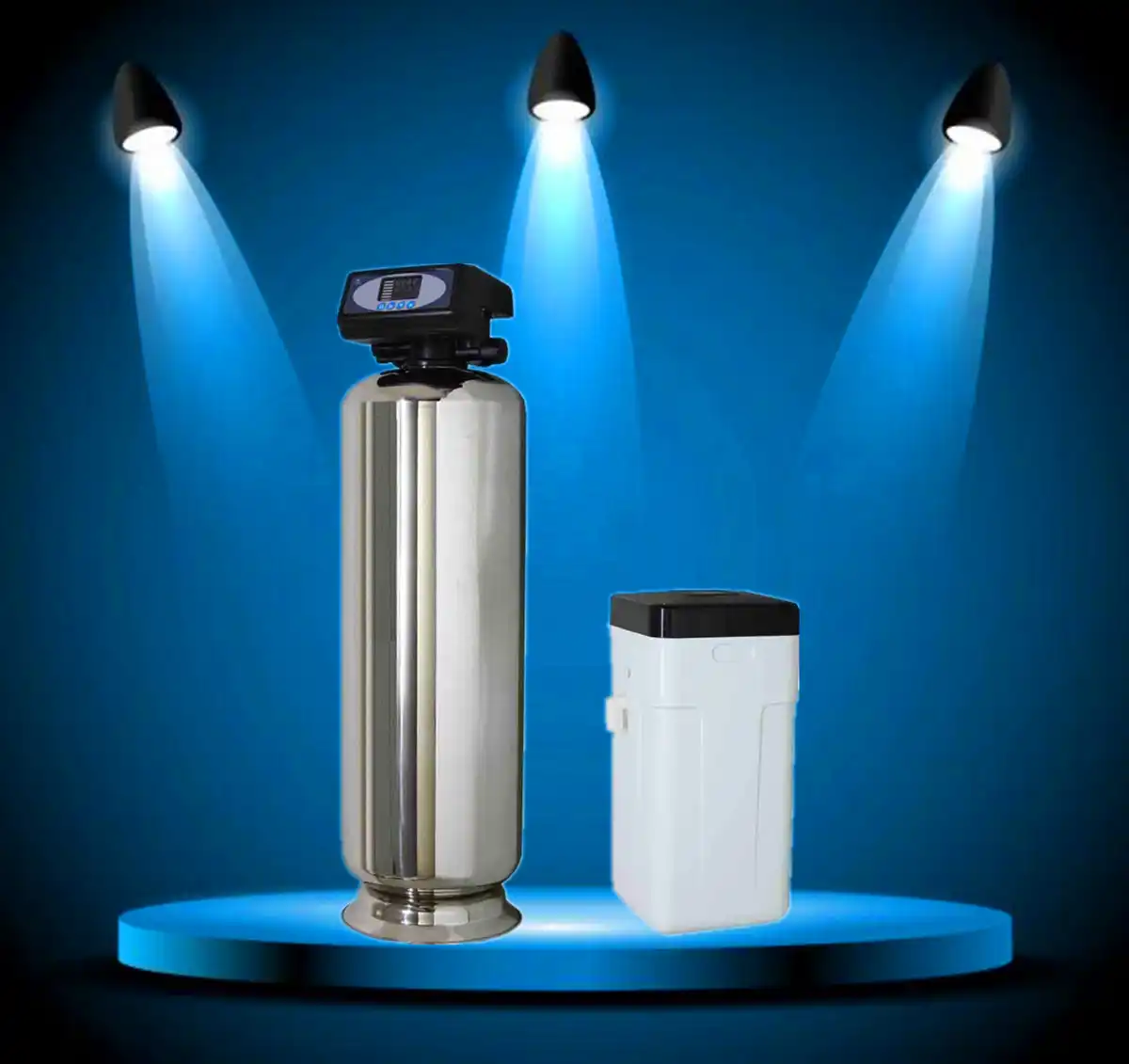 How to Choose Reliable Central Water Filtration and Water Softening Systems? Most People Get It Wrong!
How to Choose Reliable Central Water Filtration and Water Softening Systems? Most People Get It Wrong!
 In rural areas, where groundwater from wells is the primary water source, is it truly necessary to install water purification equipment?
In rural areas, where groundwater from wells is the primary water source, is it truly necessary to install water purification equipment?